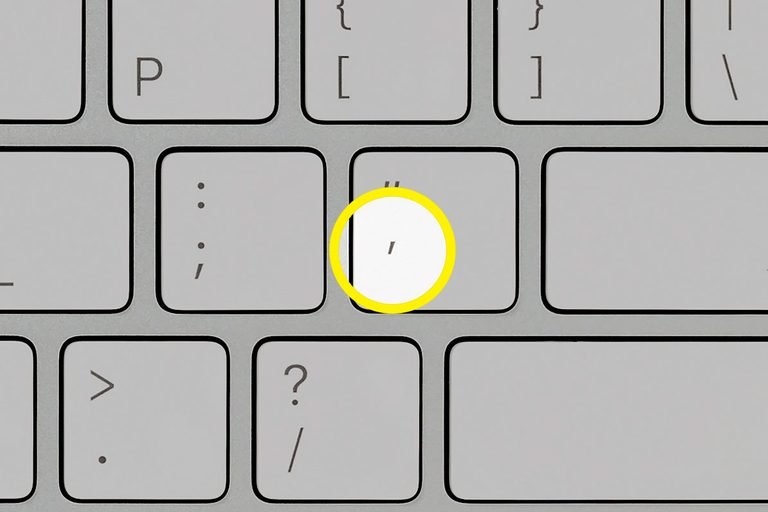
An apostrophe is not an accessory. Here are examples of how and when to use an apostrophe—and when you definitely shouldn’t.
Little punctuation marks—like a comma, question mark, or an apostrophe—can make or break the flow or meaning of a sentence. In fact, this is how confusing life would be without proper punctuation. For grammar and punctuation nerds, a poorly placed apostrophe especially brings chills. But knowing when to use an apostrophe is definitely one of the most confusing grammar rules! We break down various apostrophe rules for when to use an apostrophe.
1, Combining words
2, Showing ownership or possession
3, Plural for letters
4, Certain holidays and abbreviated dates
I – Word Understanding
Make or break – to make something succeed or fail
II – Have Your Say
1, When to use the apostrophe:
a, Combining wordsContractions, or shortened groups of words, use the apostrophe to replace the missing letter.Ex: do not = don’t
b, Showing ownership or possessionFor most singular nouns, you add an apostrophe and “s” to make it possessive or to show ownership. Ex: The cat’s litter box.
c, Letters (sometimes)While you don’t normally add an apostrophe to make something plural, you can do this if you’re referring, specifically, to letters. Ex: dot your t’s and cross your i’s.
d, Certain holidays and abbreviated datesApostrophe rules get confusing when it comes to holidays since some have an apostrophe while others don’t. Ex:Mother’s Day, April Fools’ Day, Veterans Day, ‘80s, ‘90s
2. When not to use apostrophe:
a, Making a word plural
b, Making personal pronouns possessive
c, Plural numbers


